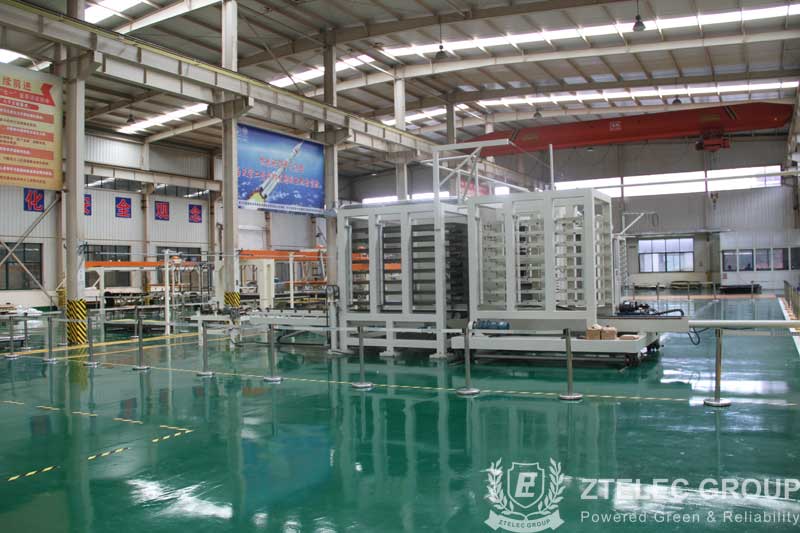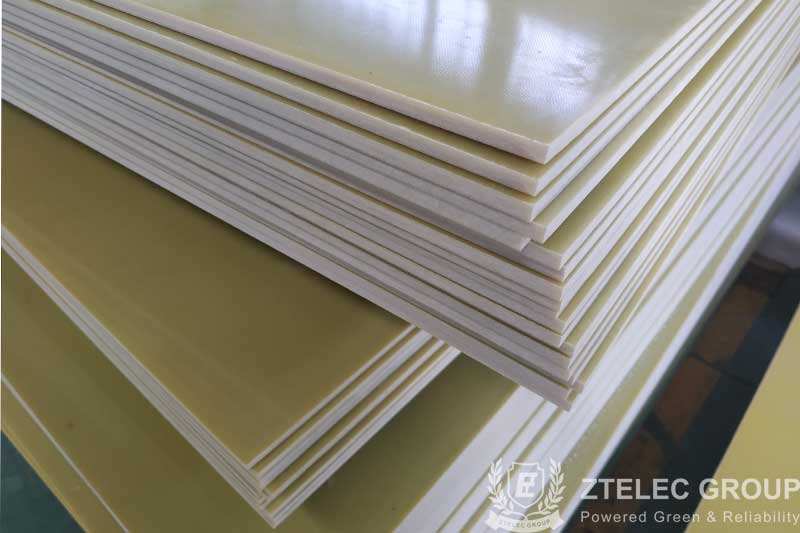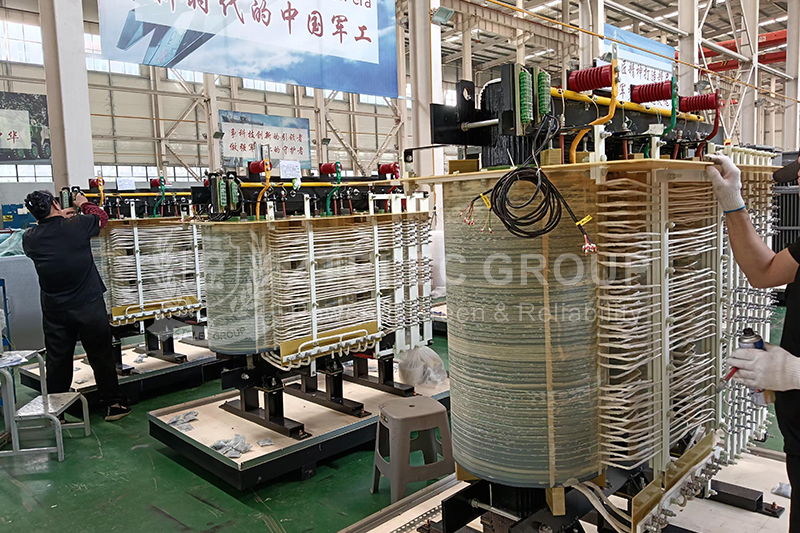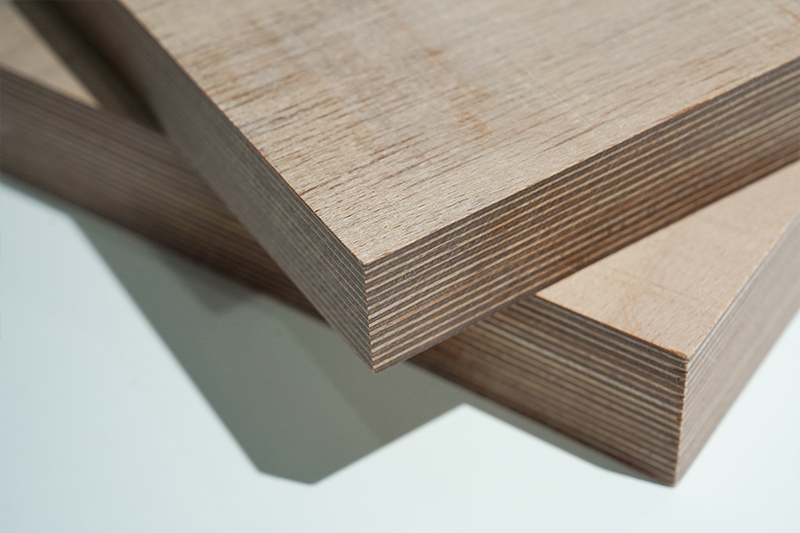A detailed introduction to laminated sheet
Laminated products can be processed into a variety of insulating and structural parts, and it can be widely used in motors, transformers, high and low voltage electrical appliances, electrical instruments and electronic equipment. Laminated products may be in board, tube, rod, or other shapes.
With the development of electrical industry, laminated plastic products with high insulation, high strength, high temperature resistance and adaptability to various working environments appear one after another. Copperclad foil laminates for printed circuits are also developing rapidly due to the needs of the electronics industry. In China, laminated products for electrical and electronic use developed gradually after liberation. China's thermosetting laminated products have formed a relatively complete series.
The properties of laminated products depend on the substrate and binder as well as the forming process. According to their composition, properties and heat resistance, laminated products can be divided into the following two types.
(1) Organic substrate laminated products -- wood pulp insulating paper, cotton fiber paper, cotton cloth and so on as reinforcement materials. The temperature can reach 120℃ for long-term use, it also developed synthetic fiber products as reinforcement material.
(2) Inorganic substrate laminated products -- inorganic glass fiber cloth, alkali free glass fiber mat and so on as reinforcement materials. The temperature can reach 130~180℃ for long-term use, or even higher temperature, varying with the adhesive resin.

Laminated plastic products are divided into laminate sheet like fr4 laminate, phenolic laminated sheet, and other epoxy laminate sheets, laminated pipe, laminated rod and molded laminated products according to their shape and use. Two special types of laminated plastic products are copper-clad foil laminates for printed circuits and rubber-paper capacitance sleeve cores for capacitive sleeves for high voltage electrical appliances.
Phenolic laminated paper cloth board (the application of phenolic board in different seasons) has high mechanical strength, moisture resistance and heat resistance, good electrical properties (cloth board is worse), easy to process, widely used in electrical products. Phenolic laminated paper and cloth board have a density of about 1.35g/ cm3, which is half lighter than aluminum. It is widely used in aviation and other structures.
Phenolic laminated products have good chemical resistance, resistance to organic solvents, organic acids and dilute inorganic acids, suitable for many chemical equipment, generally not for alkaline media.
Laminated paper board can withstand sawing, drilling, lathe, milling, planing and other processing, it should not appear crack and slag after processing. Thickness below 3 mm can punching processing. The cold punching type does not need to be heated, and the general type needs to be preheated and punched. Laminated paper board is used for insulation parts of high and low voltage motor, electrical appliance and electronic industry.

The processing performance of cloth board is better than paper board, and glass cloth board. The adhesive strength and impact strength is higher than paper board, but the water absorption is large. The electrical insulation decreases after hygroscopicity, and it is easy to grow mold, not suitable for use in hot and humid areas. Therefore, it is generally used as insulating structural parts of low-voltage motor, such as gaskets, slot wedges, screws, etc. There are many kinds of glass cloth board, its performance is also different with the adhesive resin. Compared with other laminates, glass cloth board like epoxy laminate sheet and fr4 laminate has a higher mechanical strength and heat resistance, its bending, tensile and impact strength is reduced under the action of high temperature, but still higher than the tape paper board and tape cloth board.
Melamine glass cloth board has high strength, arc resistance and fire resistance, especially suitable for marine electrical appliances. Epoxy phenolic glass cloth board, silicone epoxy glass cloth board, diphenyl ether glass cloth board, polyimide glass cloth board, etc. have good dielectric properties, and high heat resistance and fire resistance, so they are excellent dielectric insulation materials. One of the largest production of the most widely used epoxy phenolic glass cloth board.
Glass cloth board has many excellent performance, so it is widely used in electrical, construction, chemical, electronics, aircraft, aerospace, automobile, electric locomotive and ship and other industries.
Well, I believe that you will have a more profound understanding of the laminate sheet through detailed introduction of this article.
- more+releated article
- 2025-12-13How to Select and Use Phenolic Cloth-base Lami
- 2025-12-13How Much Does Bakelite Sheet Cost? 2025 Price
- 2025-12-13Why are most 3240 epoxy boards yellow?
- 2025-12-13What are the Main Applications of FR4 Epoxy Bo
- 2025-12-13Why Does the Price of Insulating Paperboard Va
- 2025-12-13Heat-Resistant DDP Insulation Paper
- 2025-12-13Comparison of Heat-Resistant DDP Insulating Pa
- 2025-12-13G10 and FR4 Epoxy Boards: Commonly Used for Ge
- 2025-12-13The Price of Heat-Resistant DDP Insulation Pap
- 2025-12-13How to Choose Epoxy Laminate Materials for Gen





